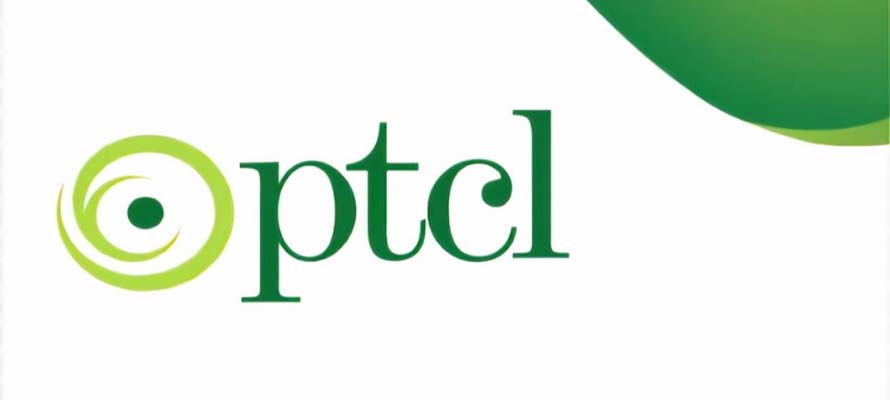June 11, 2021 (MLN): Pakistan's total public debt by the end of March 2021, stood at Rs38trillion, recording a growth of Rs.1.6tn during 9 months of the FY21, which was much less when compared with the increase of Rs2.49tn witnessed during the same period last year.
The increase in total public debt during the period was even lower than Federal Government borrowing of Rs2.06tn for financing of its fiscal deficit, showed the Pakistan Economic Survey (PES) 2020-21 released by Finance Minister Shaukat Tarin on Thursday.
According to the survey, this differential is primarily attributable to appreciation of Pak Rupee against US Dollar by around 9 percent which led to decrease in the value of external public debt when converted into Pak Rupees.
During pandemic Pakistan witnessed one of the minimal increases in its public debt when compared globally.
Global public debt to GDP Ratio increased by 13ppts, from 84% in 2019 to 97% in 2020, whereas Pakistan’s Debt-to-GDP ratio witnessed marginal increase of 1.7ppts and stood at 87.6% at end June 2020 compared with 85.9% at end June 2019, survey showed.
By the end of June 2021, the Debt-to-GDP ratio of Pakistan is expected to reduce and will remain below 84%, it added.
To service the national debt, during 9MFY21, Pakistan paid Rs2.1bn as interest against its annual budgeted estimate of Rs2.94bn. Domestic interest payments were recorded at Rs1.934bn which represented around 92% of total interest servicing, mainly due to higher volume of domestic debt in total public debt portfolio.
By the end of the ongoing fiscal year, interest servicing is expected to remain below the budgeted estimates primarily due to extension of DSSI from January to June 2021, appreciation of Pak Rupee against US Dollar and lower interest servicing on account of National Savings Schemes due to withdrawals against discontinued prize bonds, survey projected.
Within Public debt, domestic debt was recorded at Rs25.55tn at end March 2021, registering an increase of Rs2.27tn during first nine months of current fiscal year. While External public debt was recorded at US$81.6bn at end of March 2021, increasing by around US$3.6bn during the same period.
The increase in external public debt reflects a US$2.2 billion rise in multilateral and bilateral debt. This includes additionally $0.5 billion from the IMF under the Extended Fund Facility (EFF).
Moreover, the stock of commercial loans registered an increase of US$ 1.0bn, while the stock of Pakistan Banao Certificate and Naya Pakistan Certificates cumulatively recorded a growth of US$0.4 billion.
During the first nine months of FY21, the gross external lending disbursements were US$7.724bn, including US$3.397bn from multilateral funds, and accounted for 44% of the total disbursements.
In overall disbursements, bilateral sources contributed US$1.207bn or 16%. Out of this, SAFE deposits from China amounted to US$1bn. Meanwhile, commercial loans contributed US$3.12bn or 40% of the total disbursements.
Survey further noted that External public debt repayments were recorded at US$5.14bn during 9MFY21, compared with US$5.537bn in the corresponding period last year. This reduction in repayments is primarily due to DSSI initiative and no repayment of Eurobonds/Sukuks during the current fiscal year, document cited.
Interest payments were recorded at US$ 1.08bn during first nine months of current fiscal year as compared to US$1.58bn during same period of preceding year. significant reduction in global interest rates due to the pandemic which led to lower interest payments on floating-rate external debt; and interest servicing deferment under DSSI were the major factors that reduced external interest servicing during the ongoing fiscal year.
The survey found that past inconsistent economic policies, such as large budget deficits, accommodative monetary policy, and defense of overvalued exchange rates, stimulated consumption and short-term growth, but steadily eroded macroeconomic buffers, increased external debt, inflated current account deficit and depleted international reserves.
The ratio of External public debt to foreign exchange reserves has improved, rising 4.1 times in 2019-20 compared to 5.1 times in last fiscal year. This was due to the slowdown in the accumulation of new debt and the increase in the country's foreign exchange reserves.
Moreover, the Growth in external public debt servicing mainly driven by repayments of Eurobonds and commercial loans which outpaced the growth in FEE and accordingly external public debt servicing to foreign exchange earnings ratio increased to 20.4% in 2019-20 compared with 17.2% in 2018-19.
Looking ahead, a better balance of payments will further improve the sustainability of external debt. In addition, Pakistan’s strategy to maintain primary surplus, maintain low and stable inflation, promote measures that support higher long-term economic growth and follow an exchange rate regime based on economic fundamentals, narrowing fiscal deficit, and to improve maturity structure will enhance public debt sustainability going forward.
Copyright Mettis Link News
41659







